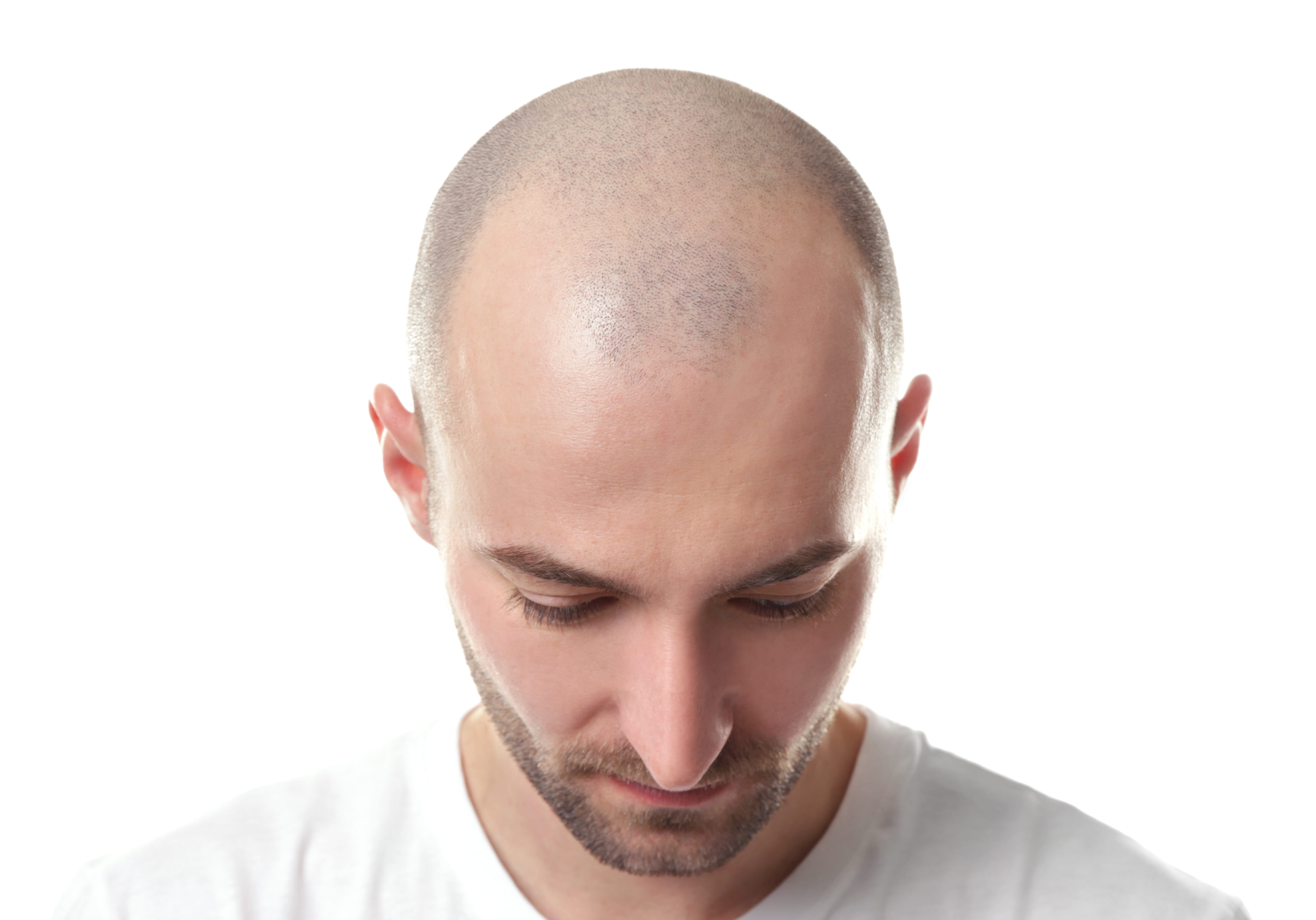Hair transplant in Riyadh has evolved significantly over the years, driven by technological advancements aimed at improving outcomes, reducing recovery times, and enhancing patient satisfaction. In Riyadh, as in other global hubs, clinics are integrating cutting-edge technologies to offer more effective and minimally invasive solutions for hair restoration.

1. Follicular Unit Extraction (FUE) Technique
- Robotic Assistance: One of the notable advancements in FUE is the use of robotic systems, such as the ARTAS system. These robots use advanced algorithms to precisely harvest individual hair follicles from the donor area, minimizing trauma to surrounding tissues and improving the accuracy of graft placement.
- Manual and Motorized FUE: Clinics in Riyadh also utilize manual and motorized FUE techniques, where skilled surgeons manually extract follicular units or use motorized punches to streamline the harvesting process. These methods offer flexibility based on patient needs and surgeon expertise.
2. Direct Hair Implantation (DHI)
- Choi Implanter Pen: DHI techniques involve the use of specialized implantation devices like the Choi Implanter Pen. This pen-like instrument allows surgeons to implant hair follicles directly into the recipient area without creating recipient site incisions beforehand. This results in quicker healing times and precise placement of grafts.
- Controlled Depth and Angle: The Choi Implanter Pen enables surgeons to control the depth and angle of hair follicle implantation, leading to natural-looking results and minimizing trauma to the scalp.
3. Platelet-Rich Plasma (PRP) Therapy
- Enhanced Healing and Growth: PRP therapy has gained popularity in Riyadh for its ability to enhance hair follicle survival and promote hair growth post-transplantation. It involves extracting a patient’s own blood, processing it to concentrate platelets, and injecting the resulting PRP solution into the scalp.
- Combined with Transplantation: Many clinics integrate PRP therapy with hair transplantation procedures to accelerate healing, reduce inflammation, and stimulate dormant hair follicles for improved overall outcomes.
4. Stem Cell Therapy
- Regenerative Potential: Stem cell therapy is being explored in Riyadh for its regenerative potential in hair restoration. It involves using stem cells derived from adipose tissue or other sources to stimulate hair follicle growth, improve follicle survival rates, and enhance the thickness and density of transplanted hair.
- Research and Clinical Trials: Ongoing research and clinical trials in Riyadh aim to further elucidate the efficacy of stem cell therapy in hair transplantation, potentially offering more robust solutions for patients with advanced hair loss.
5. Laser Therapy
- Low-Level Laser Therapy (LLLT): LLLT devices emit low-level lasers or light-emitting diodes (LEDs) to stimulate hair follicles, improve blood circulation to the scalp, and enhance the viability of transplanted hair follicles. Clinics in Riyadh offer LLLT as a non-invasive adjunct therapy to complement hair transplantation procedures.
- Home-Use Devices: Patients may also use portable LLLT devices at home as part of their post-operative care regimen to maintain and enhance hair growth.
6. Artificial Intelligence (AI) and Digital Planning
- Digital Hair Analysis: AI-driven software is used in Riyadh to perform digital hair analysis and simulate potential outcomes of hair transplant procedures. This allows surgeons to plan treatment strategies more accurately and customize surgical approaches based on individual patient characteristics.
- Predictive Algorithms: AI algorithms can analyze factors such as hair density, scalp condition, and donor area capacity to optimize graft distribution and achieve natural-looking results tailored to each patient.
7. Telemedicine and Virtual Consultations
- Remote Assessments: Telemedicine platforms enable patients in Riyadh to undergo initial consultations, follow-up appointments, and post-operative assessments remotely. This enhances accessibility to specialized care and allows patients to receive expert guidance without the need for frequent in-person visits.
- Digital Documentation: Virtual consultations also facilitate digital documentation of patient progress and treatment plans, improving communication between patients and healthcare providers.
Conclusion
In Riyadh, the integration of these latest technological advances in hair transplantation reflects a commitment to providing state-of-the-art solutions for hair restoration. From robotic-assisted FUE and DHI techniques to regenerative therapies like PRP and stem cell therapy, clinics are leveraging innovation to enhance treatment efficacy, patient comfort, and aesthetic outcomes. As these technologies continue to evolve, they promise to further redefine standards of care and improve the lives of individuals seeking effective solutions for hair loss in Riyadh and beyond.




Comments